Alex Pui-Wai Lee
Towards Personalized Healthcare in Cardiac Population: The Development of a Wearable ECG Monitoring System, an ECG Lossy Compression Schema, and a ResNet-Based AF Detector
Jul 11, 2022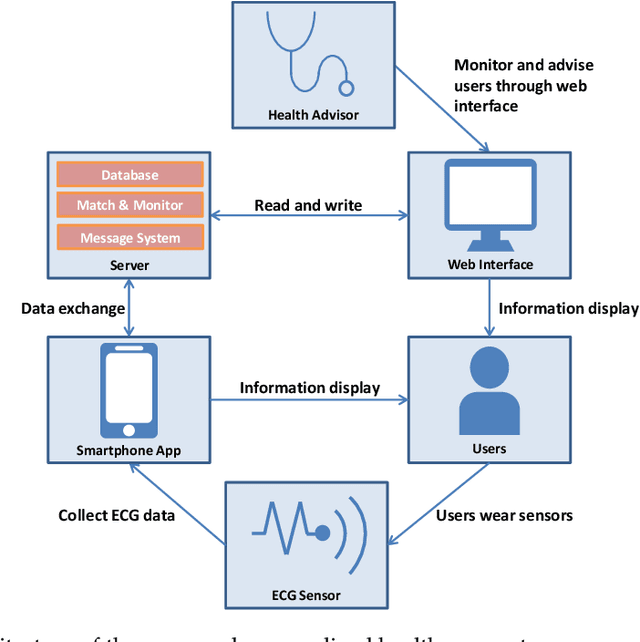

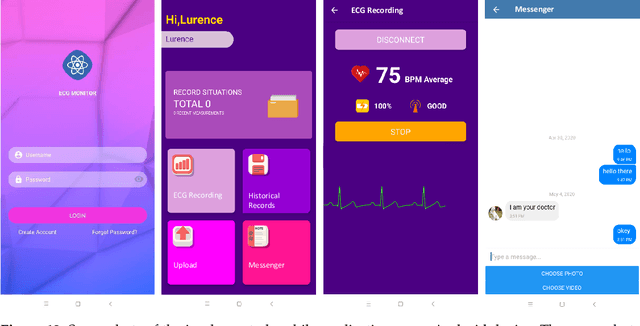
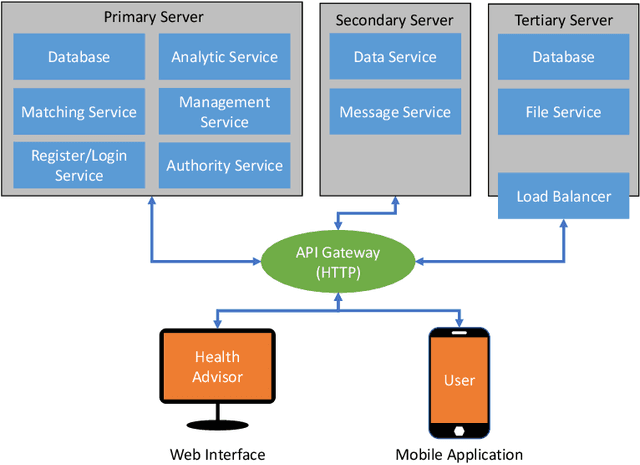
Abstract:Cardiovascular diseases (CVDs) are the number one cause of death worldwide. While there is growing evidence that the atrial fibrillation (AF) has strong associations with various CVDs, this heart arrhythmia is usually diagnosed using electrocardiography (ECG) which is a risk-free, non-intrusive, and cost-efficient tool. Continuously and remotely monitoring the subjects' ECG information unlocks the potentials of prompt pre-diagnosis and timely pre-treatment of AF before the development of any life-threatening conditions/diseases. Ultimately, the CVDs associated mortality could be reduced. In this manuscript, the design and implementation of a personalized healthcare system embodying a wearable ECG device, a mobile application, and a back-end server are presented. This system continuously monitors the users' ECG information to provide personalized health warnings/feedbacks. The users are able to communicate with their paired health advisors through this system for remote diagnoses, interventions, etc. The implemented wearable ECG devices have been evaluated and showed excellent intra-consistency (CVRMS=5.5%), acceptable inter-consistency (CVRMS=12.1%), and negligible RR-interval errors (ARE<1.4%). To boost the battery life of the wearable devices, a lossy compression schema utilizing the quasi-periodic feature of ECG signals to achieve compression was proposed. Compared to the recognized schemata, it outperformed the others in terms of compression efficiency and distortion, and achieved at least 2x of CR at a certain PRD or RMSE for ECG signals from the MIT-BIH database. To enable automated AF diagnosis/screening in the proposed system, a ResNet-based AF detector was developed. For the ECG records from the 2017 PhysioNet CinC challenge, this AF detector obtained an average testing F1=85.10% and a best testing F1=87.31%, outperforming the state-of-the-art.
Direct Simultaneous Multi-Image Registration
May 21, 2021

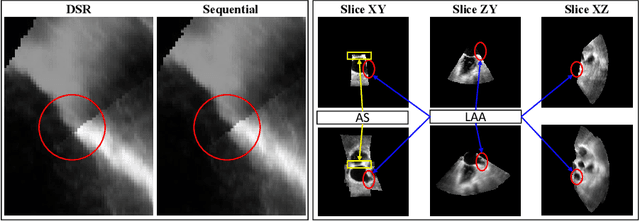
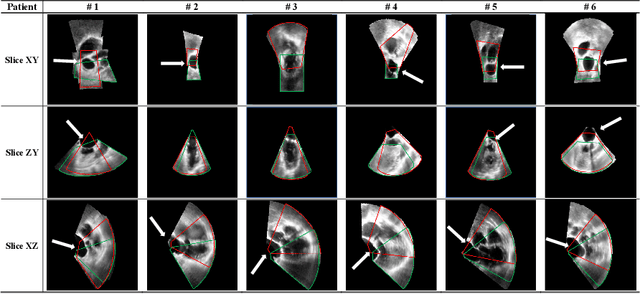
Abstract:This paper presents a novel algorithm that registers a collection of mono-modal 3D images in a simultaneous fashion, named as Direct Simultaneous Registration (DSR). The algorithm optimizes global poses of local frames directly based on the intensities of images (without extracting features from the images). To obtain the optimal result, we start with formulating a Direct Bundle Adjustment (DBA) problem which jointly optimizes pose parameters of local frames and intensities of panoramic image. By proving the independence of the pose from panoramic image in the iterative process, DSR is proposed and proved to be able to generate the same optimal poses as DBA, but without optimizing the intensities of the panoramic image. The proposed DSR method is particularly suitable in mono-modal registration and in the scenarios where distinct features are not available, such as Transesophageal Echocardiography (TEE) images. The proposed method is validated via simulated and in-vivo 3D TEE images. It is shown that the proposed method outperforms conventional sequential registration method in terms of accuracy and the obtained results can produce good alignment in in-vivo images.
 Add to Chrome
Add to Chrome Add to Firefox
Add to Firefox Add to Edge
Add to Edge